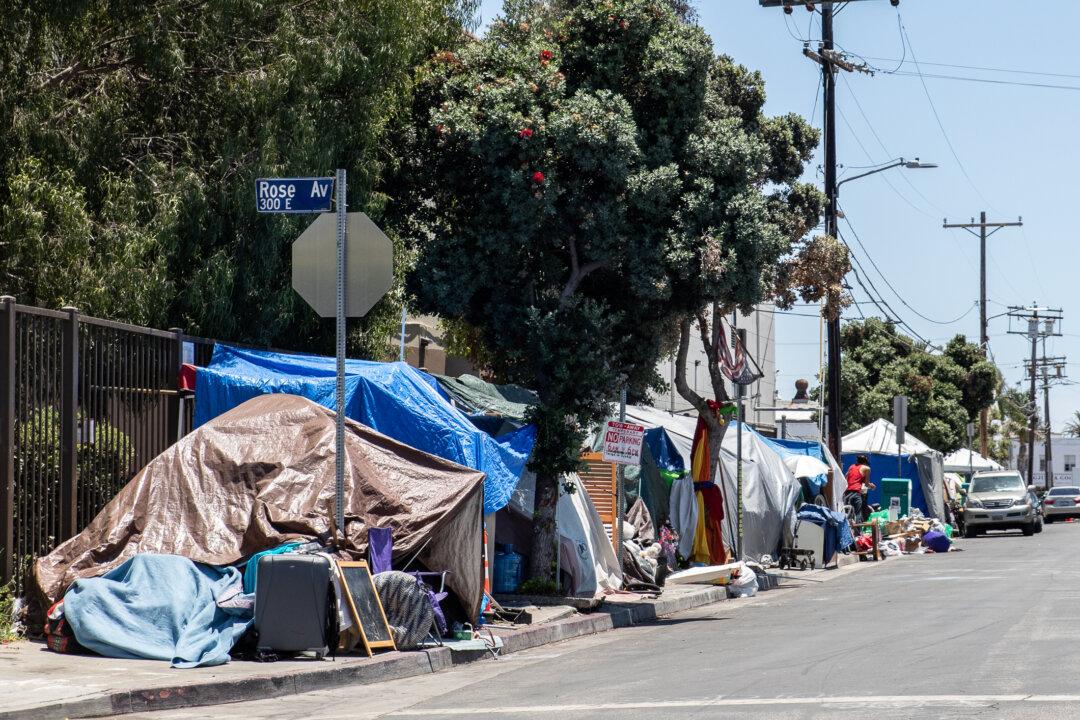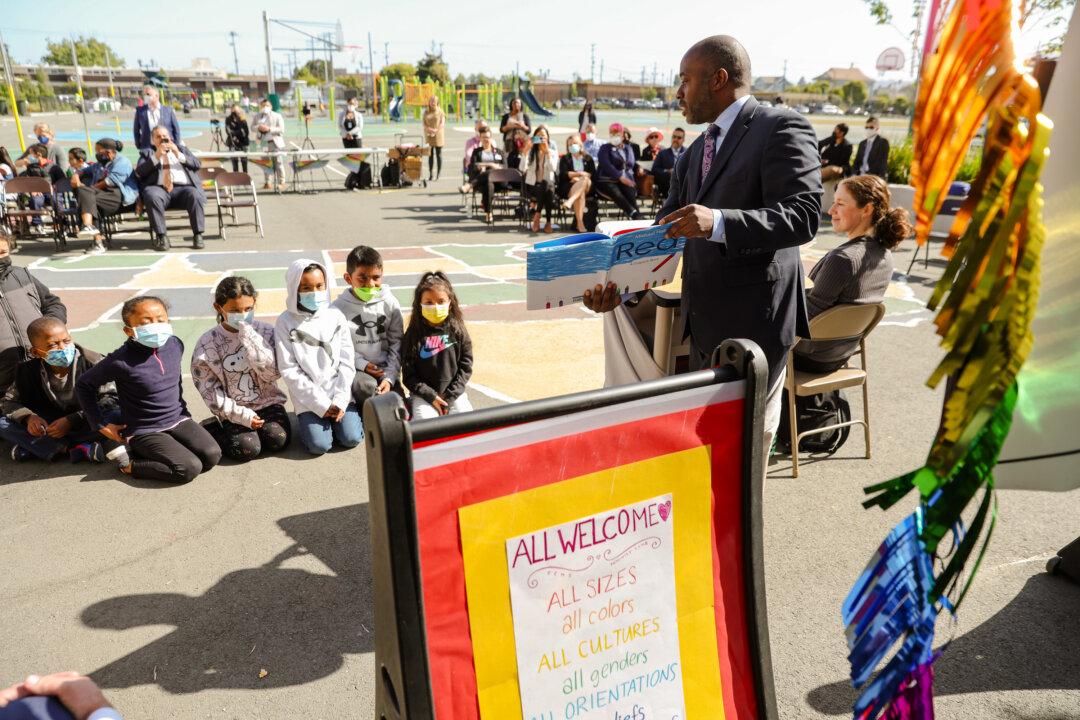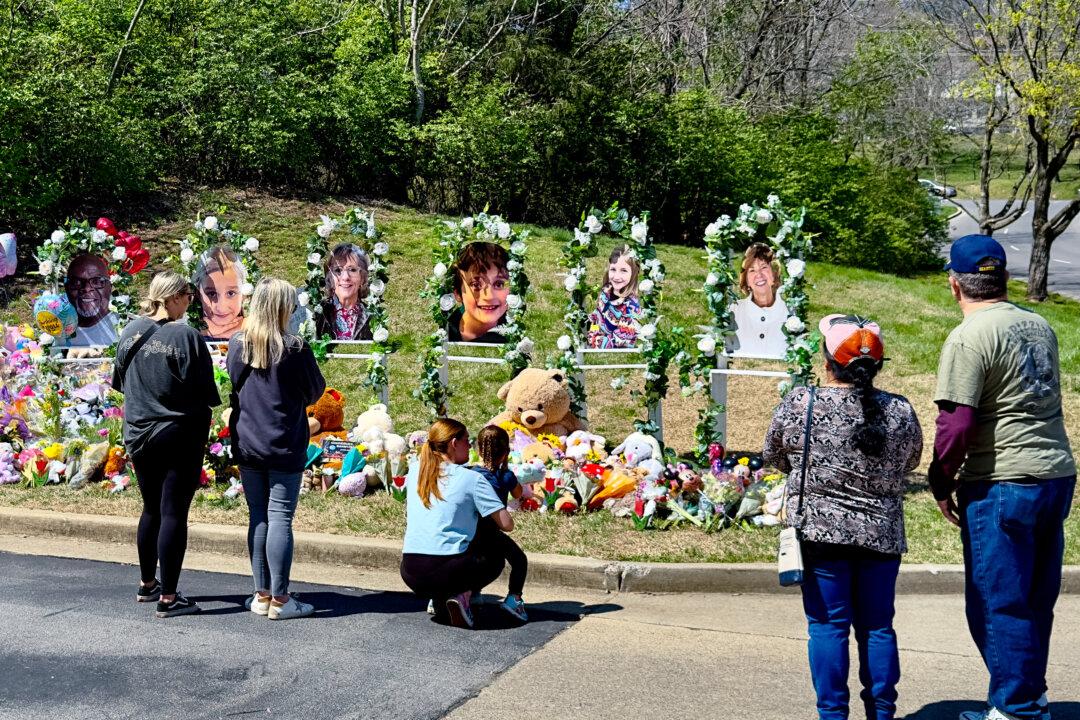Los Angeles Mayor Eric Garcetti restored a pre-pandemic restriction of homeless encampments in public areas after the city council voted 13-2 to approve the ordinance. Councilmembers Mike Bonin and Nithya Raman were the two dissenting votes.
The ordinance, restored during a July 28 council meeting, bans the homeless from “sitting, lying, or sleeping or storing, using, maintaining, or placing personal property” in the public right-of-way; this includes spaces within 500 feet of schools, parks and libraries, 500 feet from an overpass, freeway ramp, tunnel, bridge, or subway, and 5 feet from building entrances. It also gives city council members the ability to ban encampments in parts of their districts.





